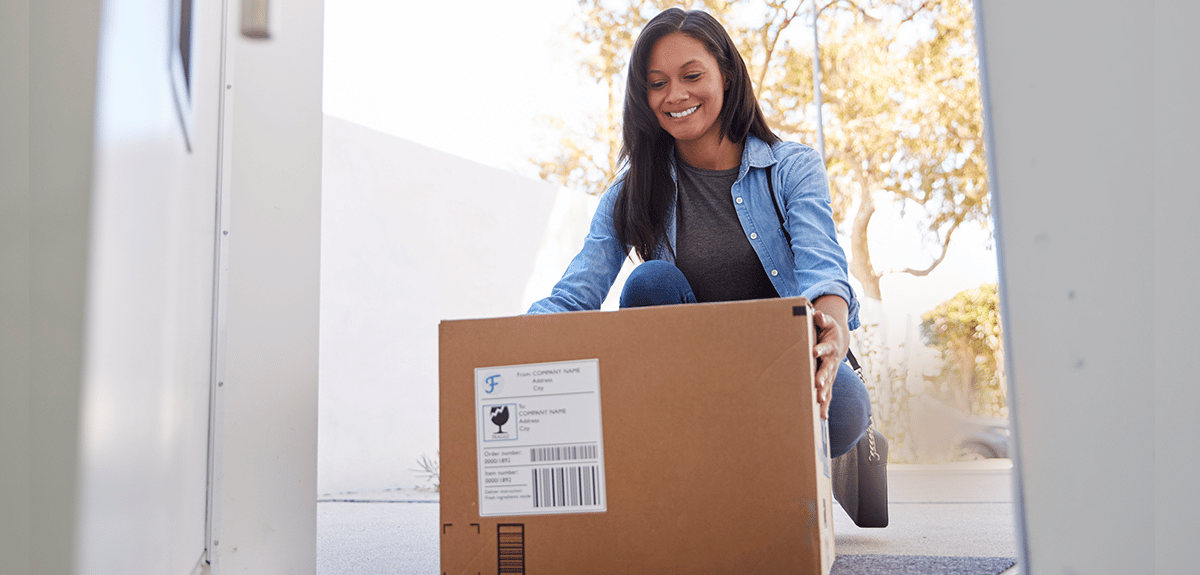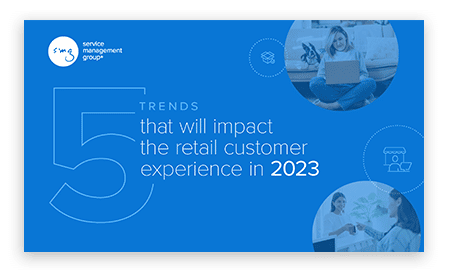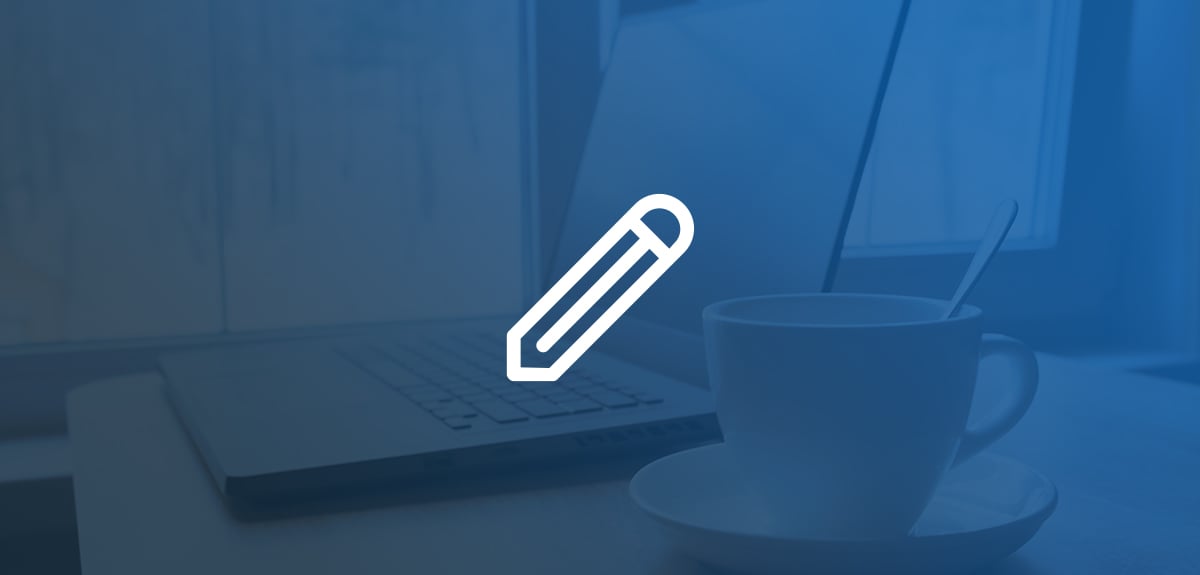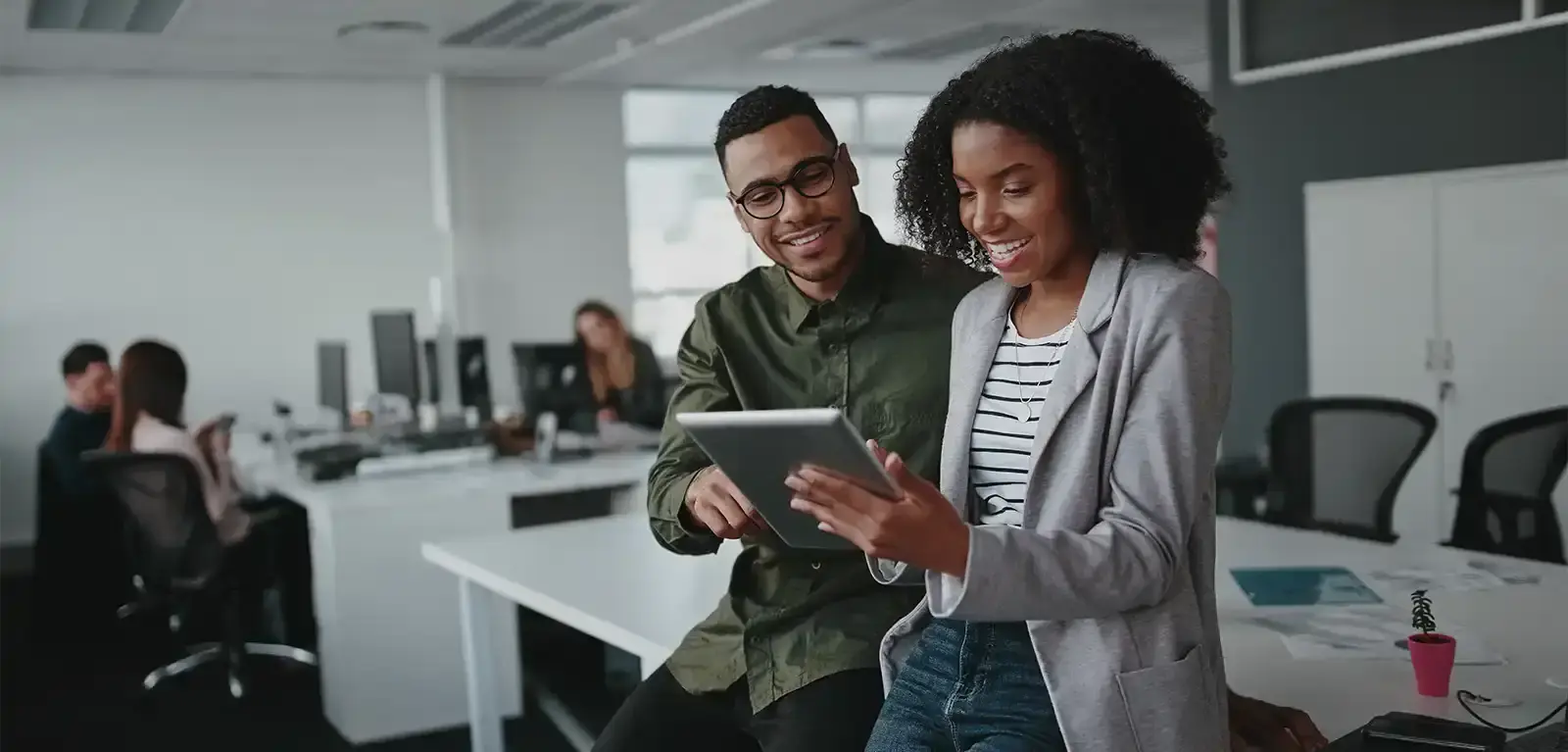Meeting Customer Demand for Same-Day Delivery
Published on Oct 26, 2022

The foundation of adaptation is in the response to a crisis.
With mounting economic pressures raising concerns with consumers, shoppers are planning on spending less over the next year, and brands have to respond if they want to survive.
The new era of successful retailers that rise from this challenge will need to address delivery demands, successfully scale technology, create smart partnerships + apps, and own the cross-channel experience. It’s not going to be easy, and it’s not to be done alone.
This is the first part of a multi-blog series unpacking the importance of each of these topics to help ensure your brand is optimized to deliver a stronger customer experience so you can evolve to be part of the next generation. We begin with the final, but crucial step in the customer journey: Delivery—specifically, fast delivery. What is the expectation and demand for same day delivery? Is offering it worth the effort?

5 trends retail brands will need to address to be successful in 2023
How Amazon Raised the Bar for Shipping Speed
In 2005, Amazon changed the online shopping game by announcing Amazon Prime with 2-day shipping, making fast free or low-cost shipping table stakes for online merchants. Many retailers raced to deliver against that expectation—some succeeded and some failed. In the aftermath, even the winners learned an important lesson: Once offered, free shipping becomes the expectation, and the standards only go up from there.
Today’s consumers want items delivered in hours (and in some cases minutes) after they place their order, and it’s not always worth it for brands to attempt to meet the highest expectations for speed. As we’ll discuss, attempting to meet a demand for same day delivery is potentially a minefield of unnecessary promises and over commitment. Here we’ll talk about what delivery possibilities exist for consumers today, best practices for a strong experience, and what you should ask yourself when debating the delivery options you offer to customers—whether it’s fast, free, both, or neither.
The good news is as long as you put the customer first, there are multiple paths to success.
Options for providing fast delivery
There’s a lot of space between online retailers and their customers and a lot of room for error in that space. Not only do you need to get items to your customers, but you need to do it in a way that leaves them feeling fulfilled and satisfied without eating into your bottom line. These are the current strategies for getting orders into customers' hands quickly.
In-house shipping
Shipping to your customer has been the standard expectation for online shopping until just recently. With more and more distribution centers popping up in every market, delivery times for online sales are falling, with larger companies like Amazon, Walmart, Target, and even many major grocery stores adding options for paid same-day delivery carried out in-house by last-mile delivery services.
The good news is that most online shoppers realize that the free 2-day shipping (or same-day service) Amazon delivers is neither feasible nor necessary for a lot of online retailers, and for many customers, the demand for same day delivery isn't there. Our research has shown that just over half (54%) of online consumers would be satisfied with getting their online purchases via “standard” shipping within 5 business days, with 60% of people expecting shipping charges under $5.
Third-party delivery
More and more deliveries need to be done quickly, and not every brand has the ability to create local infrastructure for their own same day delivery service. To help satisfy the growing appetite for convenience for high-need items, a same-day delivery market has popped with apps like Instacart, Doordash, Shipt, Bringg, and Gophr serving a range of industries. These options provide brands the convenience of offering quick delivery without a capital investment, but as we’ll discuss, the trade-off comes at the cost of the control a brand has over the customer experience when many things can potentially go wrong to sour the experience.
Buy online, pickup in-store
Perhaps the easiest same-day delivery method to implement is the one where customers themselves come and pick up the order waiting for them. BOPIS is a hybrid solution of sorts that allows the customer to cut down on time spent shopping on site or—for those concerned about COVID exposure—time spent around other shoppers. In this instance, customers complete the entirety of their order online, and come by a physical location to pick it up.
Curbside pickup
In response to the pandemic, many retailers with brick and mortar locations implemented procedures and specified locations for curbside pickup where their purchases were brought out of the store to customers' cars upon arrival. Much of the physical parking space that was set aside has been converted into BOPIS-specific priority parking areas as the press of COVID waned, but some grocers and retailers, like Target, have kept their delivered curbside option around.
Best practices for balancing value and speed
Our most recent market research has told us that customers’ #1 motivator when deciding where to shop is quality, followed by a desire for promotions or deals. Taken together, these two elements define the value perception of your customers. The companies that are going to survive are the ones that, through pricing strategies and high-quality customer experiences, know how they stack up and optimize value perception for their customers. There are a few best practices to consider when trying to optimize value, delivery, and the wider customer experience:
- Set expectations and communicate: If you don’t set customer expectations, they’re going to create their own—and they’re probably going to be higher than you’d like. Get ahead of the game by telling customers what to expect in the end-to-end shopping experience. Be sure to stick to what you promise; one of the most harmful blunders (besides not communicating) is overpromising and underdelivering.
- Monitor satisfaction: If you can’t offer free delivery, make sure you’re providing a positive experience. If don’t have a customer experience (CX) program in place to survey what is and isn’t working for your customers, you’ll have to rely on performance data after the fact, which is far too late. Monitor customer satisfaction and assess your performance on a regular basis. If you’re underperforming, be prepared to make adjustments to get back on track.
- Provide options: If your online customer doesn’t want to wait for delivery, make sure they know they can pick their order up in the store the same day. If they want to save some money on shipping and can wait, let them. For example, one SMG client saw an increase of 23 pts in “satisfaction with cost of delivery” by giving customers a tiered set of delivery options to choose from.
- Make sure quick delivery is necessary: Our most recent study indicates 23% of consumers prioritize free delivery when choosing how to shop while only 16% are most concerned about getting items quickly—most of the rest are happy to wait so long as it’s free. High-need items like food, beauty, grocery, and pet supplies are some of the highest categories for same-day delivery.
- Consider third-party providers: If you know your customers want same-day delivery but your stores don’t have the capacity, you have the option to partner with one of the third-party delivery vendors mentioned earlier. Just be sure you do as much as you can to ensure a quality experience for your customers.
Learn from restaurant delivery challenges
As a market leader in CX programs, we’ve helped a lot of brands navigate customer satisfaction in challenging times, so we’ve got some valuable insights from the third-party delivery wave that crested in the restaurant industry during the pandemic. Take these lessons to heart as you consider a quick delivery strategy with third-party vendors.
- Customers who had their order delivered by the restaurant instead of a third-party service reported higher satisfaction and a higher likelihood to order again.
- While problem occurrence rates have gotten better over time, they are higher for third-party services than deliveries made by the restaurant directly.
- If there is a problem, customers are almost 2x more likely to blame the store/restaurant than the delivery service.
- The silver lining: Frequent shoppers and those who frequently order online report that third-party delivery allows them to increase their spend across the board.
Evaluating your brand's delivery promise
Delivery is typically the last high-impact interaction your customers will have with you until they decide to order again, so it’s crucial to treat your delivery expectations as a promise to your customer that you must keep. Whether you’re trying to meet a demand for same-day delivery or are just exploring faster options, these 4 questions will help evaluate your brand’s delivery promise.
- Can you reasonably execute on your delivery commitment? – You have the opportunity to establish your customer’s expectations up front as part of their journey; don’t set yourself up for failure by overcommitting.
- How far are you willing to go and what will you sacrifice? – Nobody likes broken promises. If you promise to deliver in two hours or less and miss that window 40% of the time, is it worth it? Pushing staff to meet difficult delivery or fulfillment windows can also lead to burnout at a time when staffing is already a struggle for many brands.
- What role do you play for your customers? – Is quick delivery essential for your customers, or are they willing to wait for the experience? The more you know about your customers’ priorities and values, the more you can customize the journey to what’s most important instead of chasing other brands or inventing consumer expectations that don’t actually exist.
- Will this add value to your customer’s experience with your brand? – As we mentioned earlier, the all-important value perception your customer takes away from their interaction is a combination of price and experience. It’s okay if, instead of focusing on quick delivery, you flex that value in other ways, like exemplary customer service or reward programs.
Get the tools to evolve and survive retail disruption
Optimizing your online shopping experience is all about understanding what customers want and delivering on expectations to provide a level of value that brings them back. Meeting the demand for same-day delivery is just one of many tools you have available to drive value perceptions and loyalty. Much of the delivery experience can be within your control, provided you are proactive and excel in “your lane.”
A solid customer experience management program will help navigate this wave of disruption to evolve and be among the survivors in the next generation. You may not be able to beat Amazon or other major retailers at their own game, but you can still provide a satisfying customer experience for delivery that drives value and loyalty. You just have to make the right promises—and keep them.
Related articles

3 Ways to Humanize Feedback with Online Ratings + Reviews
Today’s customers are more often using feedback methods like images, speech, and video to provide very candid, human experiences with the brands they encounter. Brands that are able to connect with th

Customer experience strategy best practices to keep up with 2023 CX trends
With the right customer experience strategy best practices, brands can best prepare for the evolving customer experience trends of 2023.

How to demonstrate ROI on your CX program using customer journey analytics
Average share of wallet, return cycle, and cost of problem solving are important customer journey analytics that can help brands demonstrate ROI on their customer experience management platforms.